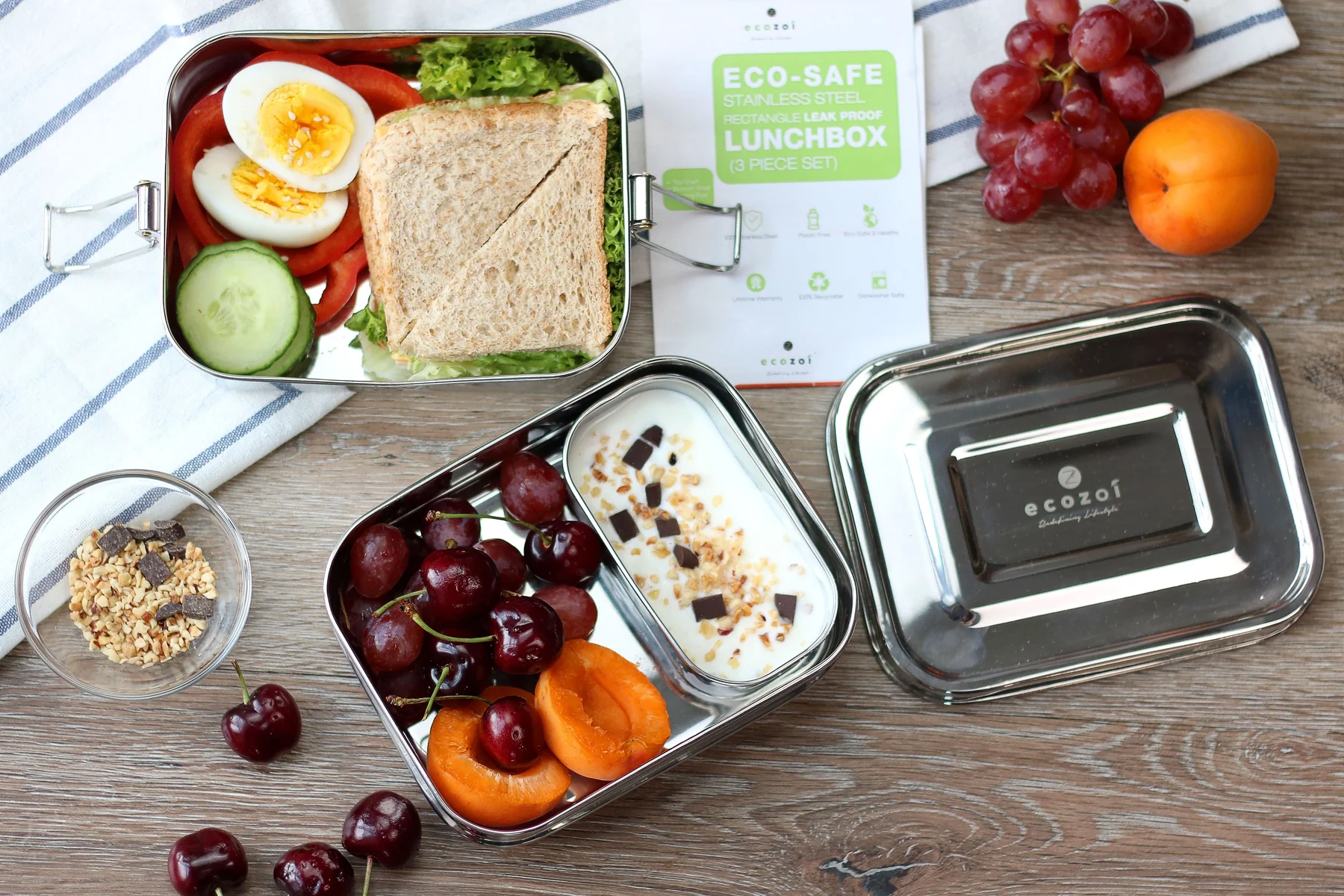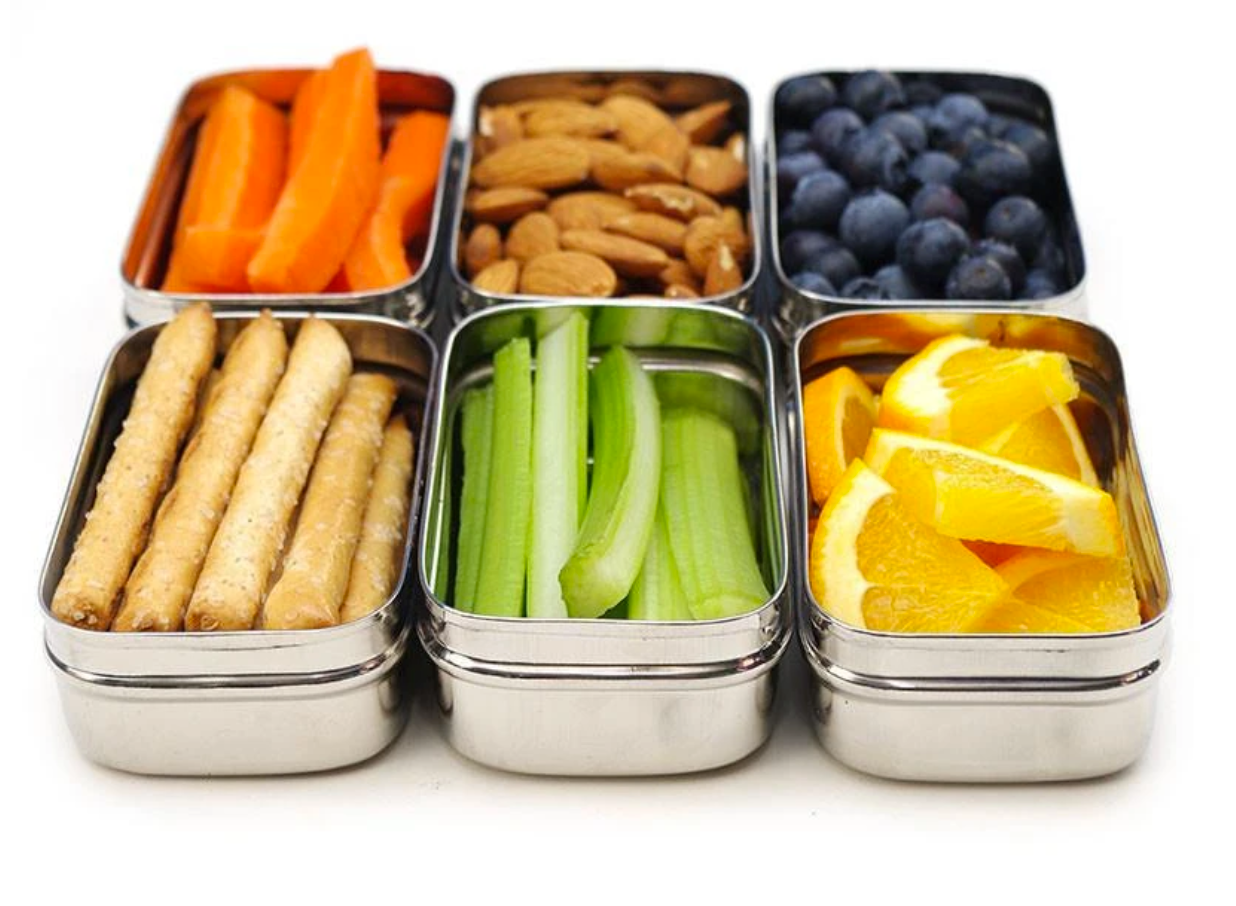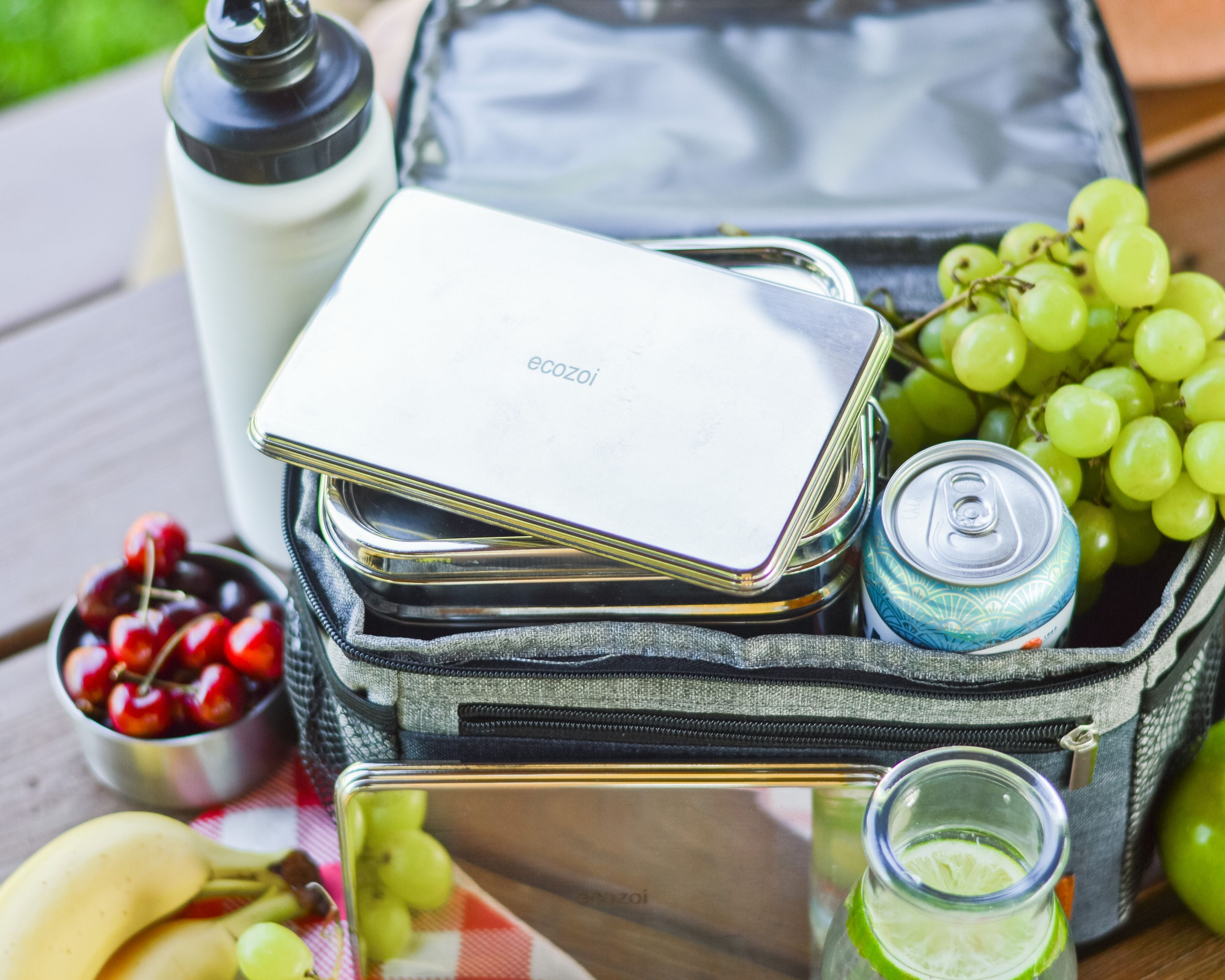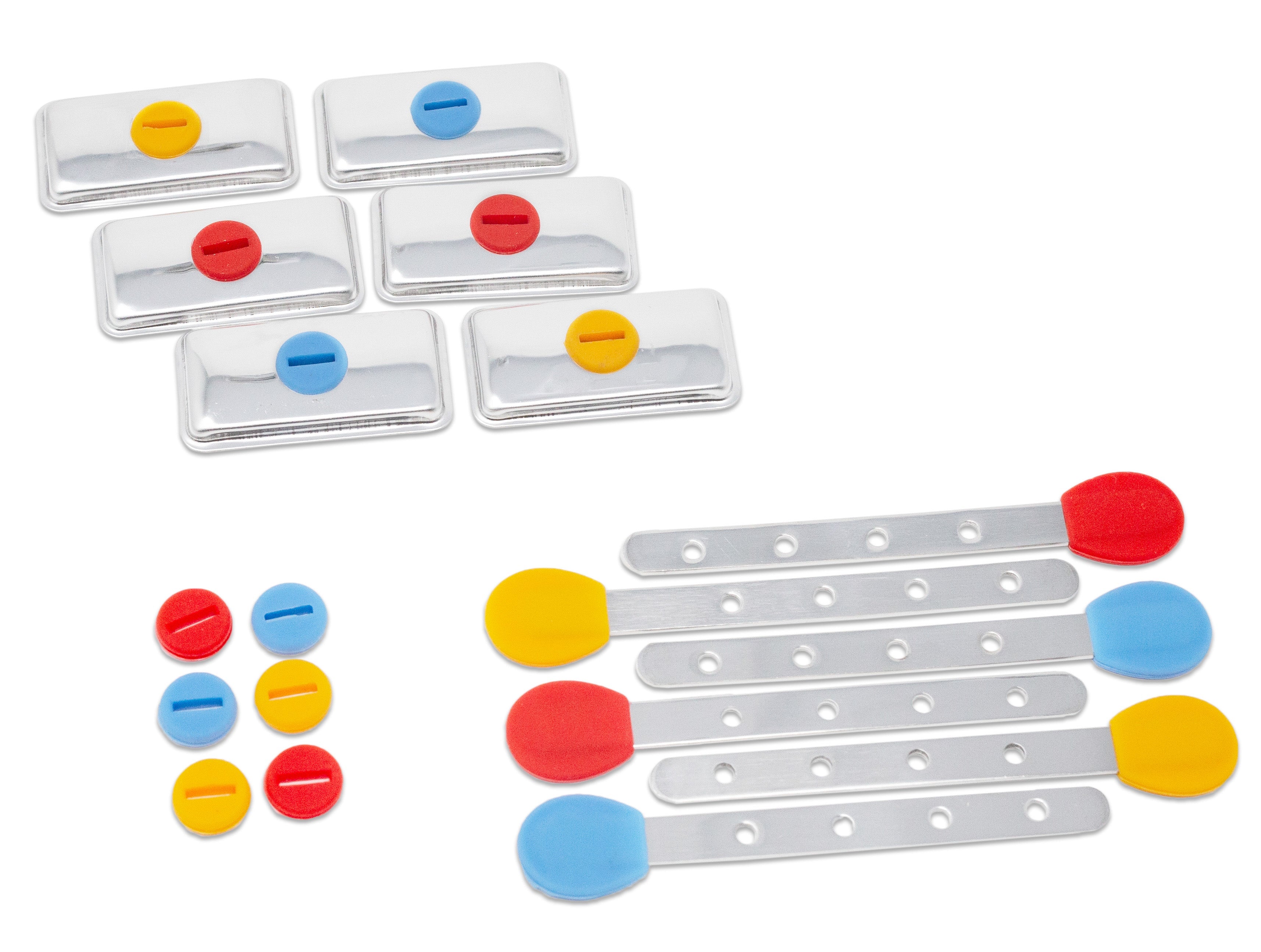Eco-Friendly Camping: A Beginner’s Sustainable Guide
 Camping is one of the best ways to reconnect with nature — but it can also unintentionally harm the environment if not done responsibly. From single-use plastics to wasteful campfires, traditional camping habits often leave a lasting footprint.
Camping is one of the best ways to reconnect with nature — but it can also unintentionally harm the environment if not done responsibly. From single-use plastics to wasteful campfires, traditional camping habits often leave a lasting footprint.
This beginner’s guide from Ecozoi will help you embrace eco-friendly camping by following sustainable practices, using natural materials, and leaving every campsite better than you found it.
🌎 1. What Is Sustainable Camping?
Sustainable camping — also known as eco-camping — focuses on reducing your environmental impact. It’s about camping with mindfulness: reusing resources, minimizing waste, and respecting wildlife.
In short, sustainable camping helps preserve the very beauty that draws you outdoors.
👉 Read Next: Why Stainless Steel Ice Cube Trays Are Better Than Plastic Ones
🌿 2. Choose Eco-Friendly Camping Gear
Invest in durable, eco-conscious camping gear that’s built to last. Skip plastic-heavy products and look for natural, biodegradable, or recyclable alternatives.
Ecozoi’s top picks:
-
Bamboo Kitchen Utensils – Lightweight, compostable, and perfect for eco-cooking.
-
Stainless Steel Lunch Boxes & Containers – Long-lasting and plastic-free.
-
Reusable Ice Packs – Ideal for keeping food fresh during long trips.
These not only reduce landfill waste but also make your camping setup look clean, minimalist, and stylish.
🔋 3. Go Zero Waste at the Campsite
Follow the “pack in, pack out” rule — everything you bring must leave with you.
Zero Waste Camping Tips:
-
Carry reusable water bottles and mugs.
-
Use cloth towels instead of paper.
-
Store food in glass or stainless steel containers.
-
Compost your organic waste if allowed.
-
Refill rather than repurchase supplies.
♻️ Pro tip: Use Ecozoi’s Zero Waste Starter Kit to minimize your footprint effortlessly.
🔥 4. Campfire Responsibility: Nature’s Balance
Nothing beats a campfire under the stars — but they can harm the environment if handled carelessly.
Follow sustainable camping rules:
-
Use designated fire rings.
-
Burn only deadwood.
-
Extinguish fires completely with water, not soil.
-
Consider portable solar cookers for a no-smoke experience.
🔥 Try This: Replace your campfire cooking tools with Ecozoi’s bamboo spatula sets for a natural touch.
🏞️ 5. Respect Wildlife and Natural Resources
You’re a guest in nature’s home — act like one.
-
Keep a safe distance from wildlife.
-
Avoid feeding animals (it changes their habits).
-
Stay on marked trails to prevent erosion.
-
Camp at least 200 feet from lakes or rivers.
Your footprint should vanish once you leave.
🌱 6. Sustainable Food Choices
Plan meals that are both eco-conscious and nutritious.
Choose locally sourced or plant-based foods. Avoid processed and packaged items that generate excess waste.
🍴 Pro tip: Prep eco-friendly recipes ahead of time using reusable containers. Check out Ecozoi’s Recipe Blog for healthy, low-waste meal ideas like:
-
Zero-Waste Overnight Oats
-
Eco Smoothie Bowls
-
Plastic-Free Lunch Box Ideas
☀️ 7. Sustainable Energy: Power the Right Way
Instead of disposable batteries or fuel-heavy generators, try:
-
Solar lanterns
-
Solar chargers for phones
-
Crank-powered flashlights
They’re clean, renewable, and reliable — even on long trips.
🧭 8. Camp Mindfully: The Leave No Trace Rule
Adopt the “Leave No Trace” principles:
-
Plan ahead and prepare.
-
Travel and camp on durable surfaces.
-
Dispose of waste properly.
-
Leave what you find.
-
Minimize campfire impact.
-
Respect wildlife.
-
Be considerate of others.
These aren’t just rules — they’re a way to keep nature wild and wonderful for generations.
🌿 9. Eco-Friendly Camping Ideas (USA Edition)
Explore eco-friendly camping destinations across the U.S. that encourage sustainable living:
-
Yosemite National Park, California: Known for its eco-camping sites.
-
Acadia National Park, Maine: Solar-powered campgrounds.
-
Zion National Park, Utah: Car-free shuttle systems for low emissions.
-
Great Smoky Mountains, Tennessee: Perfect for “natural camping” experiences.
💚 Visit the official U.S. National Park Service to find campsites that support sustainability.
🌼 10. Eco-Friendly Camping Tips and Tricks
-
Bring biodegradable soaps and toothpaste.
-
Use compostable waste bags.
-
Opt for secondhand camping gear to reduce demand for new products.
-
Carpool with friends to cut down carbon emissions.
-
Practice digital detox — connect with nature, not Wi-Fi.
❓ Frequently Asked Questions (FAQs)
1. How is camping sustainable?
Camping becomes sustainable when you minimize waste, use eco-friendly gear, and respect the environment.
2. Is camping environmentally friendly?
It can be, if you avoid plastic, use reusable items, and leave no trace.
3. What are the eco-friendly materials for tents?
Look for organic cotton canvas, hemp, or recycled polyester.
4. How can camps be 100% eco-friendly?
By using renewable energy, composting waste, and sourcing locally made gear.
5. How can I reduce waste while camping?
Carry reusable products, compost food scraps, and pack food in reusable containers.
Eco-friendly camping is not just a trend — it’s a movement toward mindful exploration. Every sustainable swap, from bamboo spoons to solar lights, helps protect our planet.
So next time you pack for the outdoors, remember — adventure is better when it’s kind to Earth.
💚 Explore more eco-friendly products and zero-waste solutions at Ecozoi.com and join our community on Instagram for daily sustainable living inspiration.


































